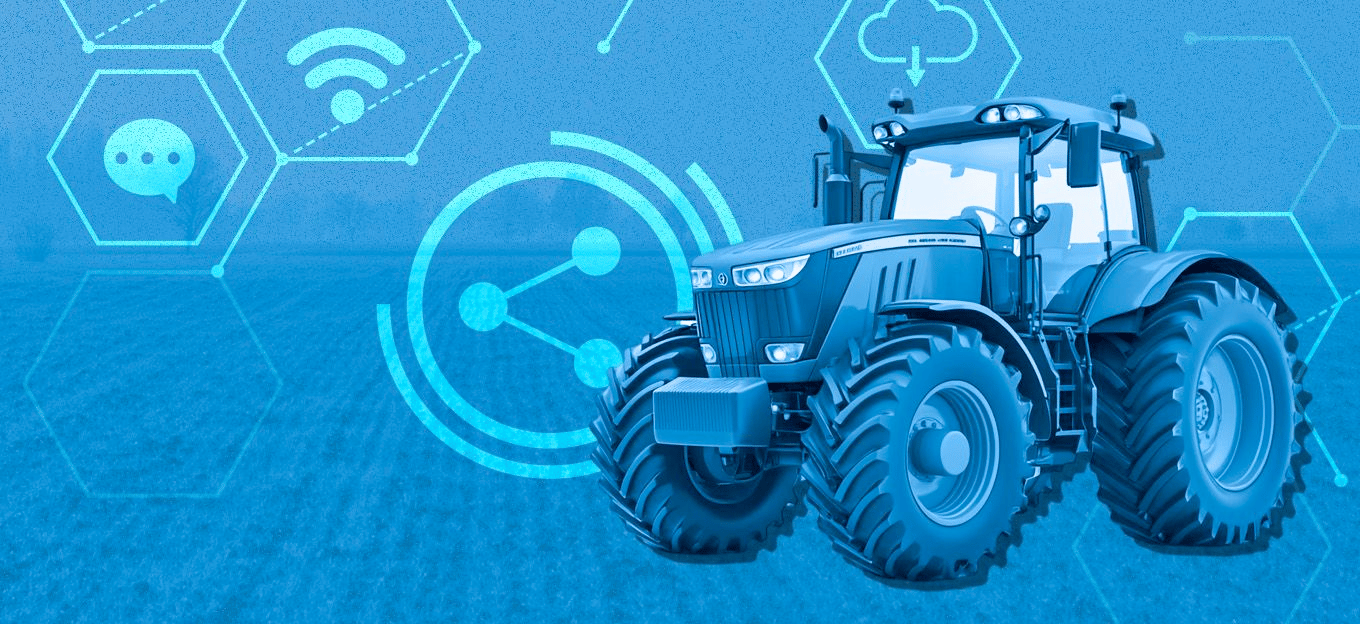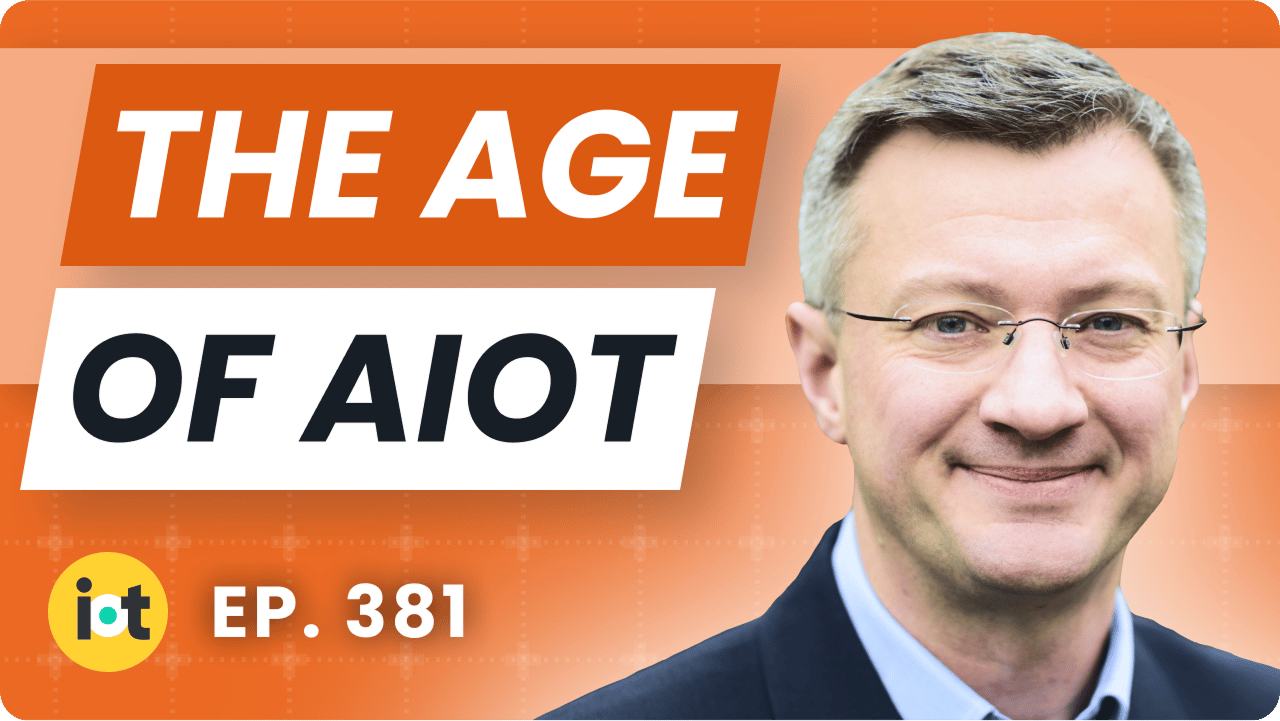- IoT For All
- Posts
- Your IIoT sensors have more to say than you think
Your IIoT sensors have more to say than you think
Plus our top IoT stories of the week!
Hello readers,
Welcome to the IoT For All newsletter! This week we’re talking the latest models for AI-enabled predictive maintenance, what you need to know about satellite IoT, the growth of LoRaWAN in China, and more!
How AI + IIoT are transforming predictive maintenance

Predictive maintenance has long been a holy grail IIoT application: fix problems before they shut you down. But despite its promise, many solutions struggle to scale or adapt to real-world complexity, especially in dynamic environments like factories with diverse machines, data types, and sensor conditions.
A new academic study offers a potential breakthrough. Researchers developed an ensemble AI framework that combines deep reinforcement learning (DRL), random forests (RF), and gradient boosting (GBM) to dramatically improve predictive maintenance in IIoT networks. In simulation testing, the hybrid system reduced false positives, handled class imbalances, and adapted in real time to changing conditions, all of which are critical for reducing unplanned downtime in the actual world.
The secret lies in a divide-and-conquer approach:
Deep Reinforcement Learning dynamically adjusts maintenance schedules by learning from real-time sensor data, figuring out which decisions lead to more uptime over time.
Random Forests and Gradient Boosting Machines, meanwhile, handle the complexity of industrial datasets in different ways:
Random Forests build lots of simple models to reach a stable consensus
Gradient Boosting focuses on learning from past mistakes to uncover deeper patterns.
Together, these models inform one another. For instance, if the RF model flags a likely fault, that feedback shapes how DRL updates its “reward function,” nudging the system away from decisions that might lead to failure. That closed-loop feedback allows the system to learn and improve continuously, optimizing not just uptime but also network efficiency and resource usage.
Of course, the framework hasn’t yet been tested in a real factory. It was validated using MATLAB simulations, meaning performance in the wild could vary. The study also acknowledges the “black box” problem: while the model makes smart decisions, it doesn’t always explain them, which could be a barrier in safety-critical environments where engineers need to understand what the system is thinking.
That said, the ensemble approach aligns closely with how leading manufacturers are already structuring their PdM efforts. Companies like Procter & Gamble and BMW have built internal systems that fuse real-time sensor data with AI-driven models to forecast failures, pre-position parts, and schedule interventions with surgical precision.
With predictive maintenance in play, maintenance goes from fire drill to forecast, and the whole factory breathes easier.
📖 Top Articles
As IoT adoption continues to grow, coverage limitations remain a key challenge. Many remote or harsh environments still lack the infrastructure needed for traditional cellular or LPWAN networks. Satellite IoT helps address this issue by enabling data transmission from virtually anywhere, making it a valuable component of emerging Non-Terrestrial Networks (NTNs).
Agriculture has always relied on observation and timing, but today, it’s also heavily powered by data. Farmers are turning to “smart farming” to work smarter (literally), not harder, as global demand for food continues to rise. According to Allied Market Research, the global IoT in agriculture market was valued at $27 billion in 2021 and is estimated to reach nearly $85 billion by 2031. | Alper Yegin, CEO of LoRa Alliance, recently returned from the IOTE Shanghai conference and expo, and his main takeaway was that LoRa and LoRaWAN have significant momentum in China. This may seem surprising, given the Chinese Government’s endorsement of NB-IoT for public networks several years ago. However, given the strengths of LoRa and LoRaWAN technology, as well as the ambitions of Chinese manufacturers to export globally, LoRa/LoRaWAN technology has continued to gain adoption and ramp deployments, both domestically and internationally, for Chinese companies. |
An AI scheduling assistant that lives up to the hype.
Skej is an AI scheduling assistant that works just like a human. You can CC Skej on any email, and watch it book all your meetings. It also handles scheduling, rescheduling, and event reminders.
Imagine life with a 24/7 assistant who responds so naturally, you’ll forget it’s AI.
Smart Scheduling
Skej handles time zones and can scan booking linksCustomizable
Create assistants with their own names and personalities.Flexible
Connect to multiple calendars and email addresses.Works Everywhere
Write to Skej on email, text, WhatsApp, and Slack.
Whether you’re scheduling a quick team call or coordinating a sales pitch across the globe, Skej gets it done fast and effortlessly. You’ll never want to schedule a meeting yourself, ever again.
The best part? You can try Skej for free right now.
🔥 Rapid Fire
HiveMQ joins Inductive Automation ecosystem to power real-time industrial intelligence
Europe’s ECC approves decision for satellite advances LoRaWAN® IoT
Acquisition sends thousands of Whistle pet trackers to IoT graveyard
IoT connectivity revenues show strong rise
Why your Wi-Fi might be the smartest sensor in the house
First-ever image sent via 5G NTN IoT over LEO satellite
🎙️ The IoT For All Podcast
In the latest episode of the IoT For All Podcast, Jim Morrish, Founding Partner at Transforma Insights, joins Ryan Chacon to discuss the state of AIoT. The conversation covers the convergence of AI and IoT, how AIoT differs from IoT and M2M, the benefits of deploying AI on IoT devices, market evolution, leading use cases, the hardware and connectivity aspects of AIoT, regulatory challenges, and what it takes to truly capitalize on AIoT.
🗓️ Events & Webinars
 | IoT Tech Expo Europe24-25 September 2025 From smart cities to connected supply chains, the opportunity to optimise operations and drive efficiency through IoT has never been more compelling. IoT Tech Expo Europe, taking place on 24–25 September 2025 at RAI Amsterdam, will deliver cutting-edge insights into real-world deployments and the strategic decisions behind them. Discover use cases you hadn’t imagined, uncover hidden risks, and gain a competitive edge by learning what’s shaping the next wave of IoT innovation. |
Build Faster, Manage Smarter with eSIM and the Single Pane of Glass AdvantageVirtual, On Demand Discover how to fast-track eSIM-enabled IoT product development using interoperable modules qualified under the Secure with Kigen promise. Learn how to move from prototype to production faster without needing in-house telecom expertise leveraging trusted module partners and connectivity Whether launching your first connected product or scaling a global IoT fleet, this webinar offers actionable insights into solving IoT fleet management challenges with the GSMA SGP.32 eSIM standard. |






